Meta Description:
Discover how high-fiber diets can support weight loss by keeping you full, improving digestion, and boosting metabolism. Learn the best high-fiber foods, meal plans, and tips for lasting results.
Introduction:
Did you know that simply adding more fiber to your diet could be a game-changer for your weight loss journey? High-fiber diets have been shown to not only promote better digestion but also curb hunger and support long-term health. In this guide, we’ll explore how a fiber-rich diet can help you shed pounds naturally, provide you with the best high-fiber foods, and share actionable tips to stay on track. Get ready to feel fuller, energized, and in control of your weight loss goals!
Main Headings and Content Outline:
H2: What is a High-Fiber Diet?
- Definition of dietary fiber and its two types: soluble and insoluble.
- Overview of daily fiber recommendations for adults.
- Why fiber is essential for weight loss and overall health.
H2: How High-Fiber Diets Promote Weight Loss
- Fiber’s role in keeping you full and reducing calorie intake.
- Impact on gut health and improved digestion.
- Stabilizing blood sugar levels to prevent cravings.
- Fiber’s role in boosting metabolism and fat burning.
H2: Top High-Fiber Foods to Add to Your Diet
- List of high-fiber fruits (e.g., apples, pears, and berries).
- High-fiber vegetables (e.g., broccoli, carrots, and spinach).
- Whole grains (e.g., quinoa, oats, and brown rice).
- Legumes, nuts, and seeds for a fiber boost.
H2: High-Fiber Meal Plan for Weight Loss
- Sample 7-day meal plan rich in fiber.
- Breakfast ideas like oatmeal with fruit.
- Lunch and dinner recipes featuring fiber-packed ingredients.
- Snack options for busy days (e.g., trail mix, veggies with hummus).
H2: Tips for Incorporating More Fiber Into Your Diet
- Start slowly to avoid digestive discomfort.
- Drink plenty of water to aid fiber digestion.
- How to read food labels to identify high-fiber foods.
- Creative ways to add fiber (e.g., smoothies, baked goods)
H2: Potential Challenges and How to Overcome Them
- Common side effects of increasing fiber intake too quickly.
- Balancing fiber with other nutrients for a well-rounded diet.
- Staying motivated to maintain a high-fiber diet long-term.
H2: Success Stories: Real Results from High-Fiber Diets
- Inspiring testimonials from individuals who lost weight with a high-fiber diet.
- Before-and-after examples to motivate readers.
- Lessons learned and practical takeaways.
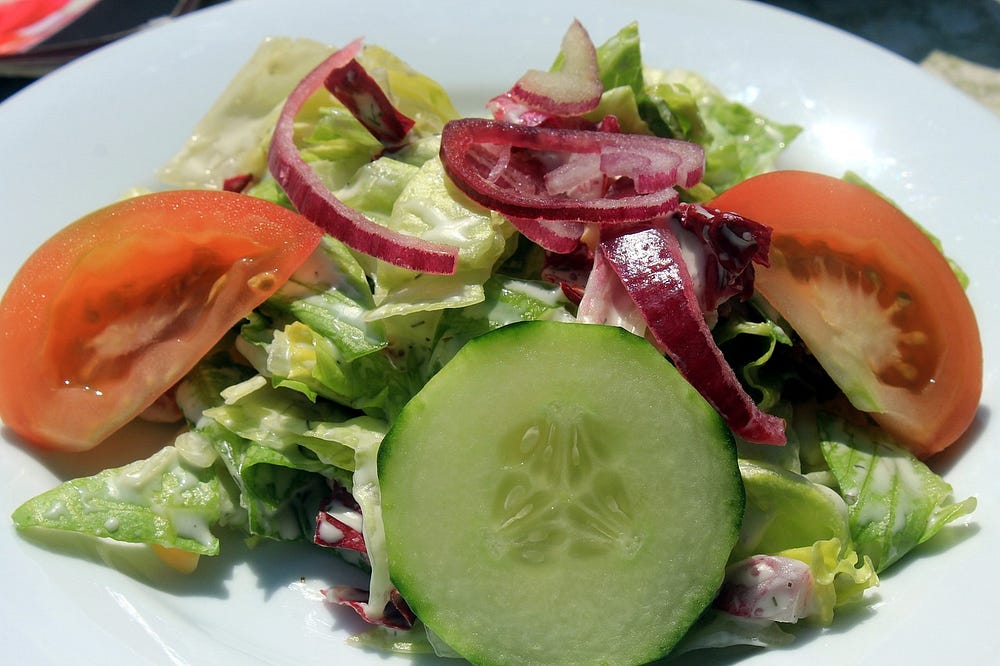
Semantic Keywords:
- high-fiber foods
- weight loss tips
- soluble fiber benefits
- insoluble fiber benefits
- best foods for weight loss
- fiber for digestion
- fiber for belly fat
- weight loss recipes
- healthy eating habits
- fiber meal plans
- gut health foods
- foods to feel full
- weight loss diets
- fiber for metabolism
- fiber-rich snacks
- daily fiber intake
- low-calorie high-fiber foods
- fiber supplements for weight loss
- plant-based diet fiber
- vegetables for weight loss
- fruits for weight loss
- quinoa for weight loss
- whole grains nutrition
- fiber water intake
- long-term weight loss
- prevent overheating
- fiber smoothies
- oatmeal for weight loss
- legume benefits
- nuts and seeds fiber
- high-fiber breakfast ideas
- meal prep for weight loss
- track fiber intake
- healthy snacks for weight loss
- reduce cravings naturally
- clean eating for weight loss
- fiber digestion support
- high-fiber recipes
- weight loss hacks
- filling foods for dieting
- slow-carb diet benefits
- fiber for stable blood sugar
- low-glycemic foods
- natural weight loss methods
- weight loss transformation stories
- sustainable weight loss
- prevent weight regain
- fiber for energy levels
- dietary fiber sources
- health benefits of fiber
H2: What is a High-Fiber Diet?
Definition of Dietary Fiber and Its Two Types: Soluble and Insoluble
Dietary fiber refers to the indigestible parts of plant-based foods that pass through your digestive system relatively intact. Fiber comes in two main types:
- Soluble Fiber: Dissolves in water to form a gel-like substance. It helps lower cholesterol and stabilizes blood sugar levels. Foods like oats, apples, and beans are excellent sources.
- Insoluble Fiber: This does not dissolve in water and adds bulk to your stool, promoting regular bowel movements. It’s commonly found in foods like whole grains, nuts, and vegetables.
Overview of Daily Fiber Recommendations for Adults
The recommended daily intake of fiber is:
- Women: 21–25 grams per day
- Men: 30–38 grams per day
Most people fall short of these targets, consuming only about 15 grams of fiber daily. Increasing fiber intake gradually can help you meet these goals without digestive discomfort.
Why Fiber is Essential for Weight Loss and Overall Health
Fiber plays a critical role in weight management and health:
- Satiety: High-fiber foods make you feel full longer, reducing overall calorie intake.
- Gut Health: Fiber supports a healthy gut microbiome, which can aid digestion and metabolism.
- Blood Sugar Control: Soluble fiber helps prevent spikes and crashes in blood sugar, minimizing cravings.
- Heart Health: High-fiber diets are linked to lower cholesterol levels and reduced risk of heart disease.
This foundation makes a high-fiber diet a natural choice for those looking to lose weight while improving overall well-being.
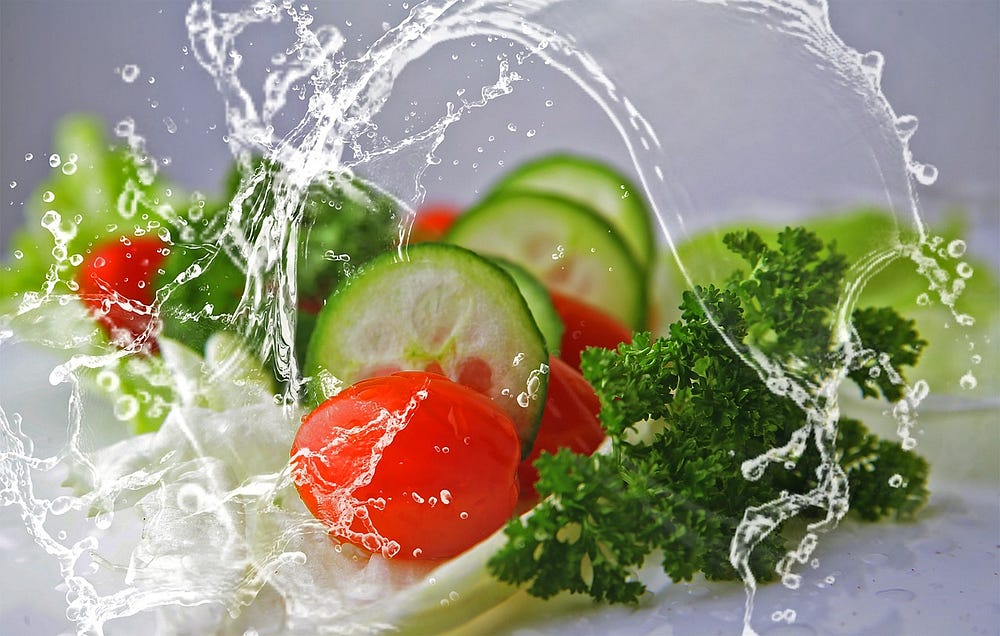
H2: How High-Fiber Diets Promote Weight Loss
Fiber’s Role in Keeping You Full and Reducing Calorie Intake
High-fiber foods take longer to chew and digest, signaling to your brain that you’re full sooner. This helps prevent overeating by naturally reducing your calorie intake. Foods rich in fiber also absorb water, expanding in your stomach and giving you a prolonged sense of fullness.
Impact on Gut Health and Improved Digestion
Fiber acts as food for your gut microbiome, promoting the growth of healthy bacteria. A balanced gut microbiome enhances digestion, supports nutrient absorption, and regulates fat storage — all of which are key for weight loss. Additionally, insoluble fiber helps prevent constipation, keeping your digestive system functioning efficiently.
Stabilizing Blood Sugar Levels to Prevent Cravings
Soluble fiber slows down the absorption of sugar into the bloodstream, preventing sharp spikes and crashes in blood sugar levels. Stable blood sugar levels reduce cravings for unhealthy snacks, helping you maintain control over your diet and energy levels.
Fiber’s Role in Boosting Metabolism and Fat Burning
Certain types of fiber, like resistant starches, may increase fat oxidation and improve insulin sensitivity, supporting a faster metabolism. Furthermore, the body burns extra calories during the digestion of high-fiber foods, creating a small but meaningful boost to your overall calorie burn.
By incorporating fiber-rich foods into your daily diet, you can enjoy these benefits while paving the way for sustainable, healthy weight loss. Let me know if you’d like more details or examples added to this section!
https://www.youtube.com/watch?v=hfssj-sohgg
H2: Top High-Fiber Foods to Add to Your Diet
List of High-Fiber Fruits
Incorporating fruits into your diet is an easy and delicious way to increase fiber intake. Some of the best options include:
- Apples (4 grams of fiber per medium apple)
- Pears (6 grams of fiber per medium pear)
- Berries (raspberries and blackberries have 8 grams of fiber per cup)
- Oranges (3 grams of fiber per medium orange)
- Bananas (3 grams of fiber per medium banana)
High-Fiber Vegetables
Vegetables are naturally high in fiber and low in calories, making them ideal for weight loss. Try adding these to your meals:
- Broccoli (5 grams of fiber per cup, cooked)
- Carrots (4 grams of fiber per cup, raw)
- Spinach (4 grams of fiber per cup, cooked)
- Sweet Potatoes (4 grams of fiber per medium potato)
- Brussels Sprouts (4 grams of fiber per cup, cooked)
Whole Grains
Whole grains are rich in fiber and provide sustained energy. Opt for these options in place of refined grains:
- Quinoa (5 grams of fiber per cup, cooked)
- Oats (4 grams of fiber per half-cup, dry)
- Brown Rice (3.5 grams of fiber per cup, cooked)
- Whole Wheat Bread (2–3 grams of fiber per slice)
- Barley (6 grams of fiber per cup, cooked)
Legumes, Nuts, and Seeds for a Fiber Boost
Legumes, nuts, and seeds are nutrient-dense and excellent sources of fiber:
- Lentils (15 grams of fiber per cup, cooked)
- Chickpeas (12 grams of fiber per cup, cooked)
- Black Beans (15 grams of fiber per cup, cooked)
- Chia Seeds (10 grams of fiber per ounce)
- Almonds (4 grams of fiber per ounce)
Adding these foods to your meals and snacks ensures that you’re hitting your daily fiber goals while enjoying a variety of flavors and textures. Let me know if you’d like more examples or tips for incorporating these foods into your diet!
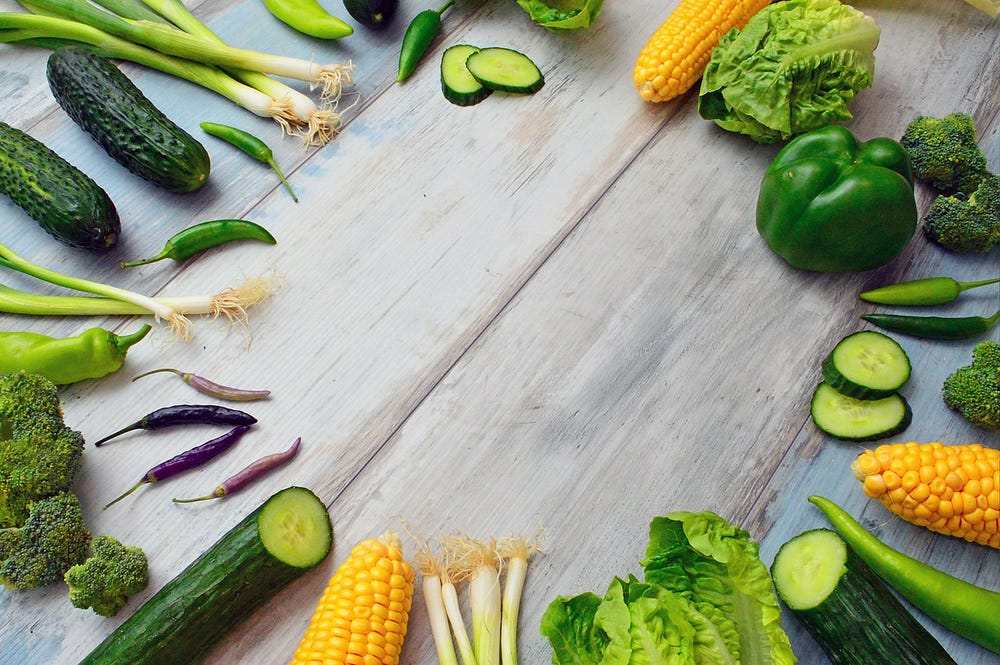
H2: High-Fiber Meal Plan for Weight Loss
Sample 7-Day Meal Plan Rich in Fiber
This 7-day meal plan focuses on incorporating fiber-rich ingredients into every meal:
- Day 1: Oatmeal with berries for breakfast, lentil soup for lunch, and grilled chicken with quinoa and roasted vegetables for dinner.
- Day 2: Smoothie with spinach, banana, chia seeds, and almond milk for breakfast, chickpea salad for lunch, and baked salmon with brown rice and steamed broccoli for dinner.
- Day 3: Whole-grain toast with avocado and a side of fruit for breakfast, veggie-packed wrap with hummus for lunch, and black bean chili for dinner.
- Day 4: Greek yogurt parfait with granola and berries for breakfast, quinoa salad with nuts and dried cranberries for lunch, and tofu stir-fry with vegetables for dinner.
- Day 5: Overnight oats with chia seeds and almond butter for breakfast, vegetable soup and whole-grain crackers for lunch, and baked sweet potato with spinach and chickpeas for dinner.
- Day 6: Smoothie bowl topped with flaxseeds and fruit for breakfast, pasta salad with whole-grain noodles and vegetables for lunch, and grilled shrimp with barley and roasted Brussels sprouts for dinner.
- Day 7: Scrambled eggs with sautéed spinach and whole-grain toast for breakfast, black bean tacos with avocado for lunch, and roasted chicken with farro and asparagus for dinner.
Breakfast Ideas Like Oatmeal with Fruit
- Classic Oatmeal: Top with sliced bananas, chia seeds, and a drizzle of honey.
- Smoothie Bowls: Blend spinach, frozen berries, and almond milk, and top with granola and coconut flakes.
- Whole-Grain Toast: Add almond butter and sliced apples for a quick, fiber-packed breakfast.
Lunch and Dinner Recipes Featuring Fiber-Packed Ingredients
- Lentil Salad: Combine cooked lentils, chopped vegetables, and a lemon vinaigrette.
- Vegetarian Chili: Use black beans, kidney beans, tomatoes, and spices for a hearty meal.
- Quinoa-Stuffed Bell Peppers: Bake peppers filled with quinoa, black beans, and diced tomatoes.
- Roasted Vegetable Bowl: Toss sweet potatoes, carrots, and Brussels sprouts with olive oil and spices, and served over brown rice.
Snack Options for Busy Days
- Trail Mix: Combine almonds, walnuts, dried cranberries, and a handful of dark chocolate chips.
- Veggies with Hummus: Carrot sticks, celery, and bell peppers make great dippers.
- Chia Pudding: Mix chia seeds with almond milk and let it sit overnight, then top with fruit.
- Air-Popped Popcorn: Add a sprinkle of nutritional yeast for a cheesy flavor.
This meal plan and snack guide will not only keep you full and energized but also help you achieve your weight loss goals in a delicious, sustainable way. Let me know if you’d like more recipes or adjustments to suit specific dietary preferences!
H2: Tips for Incorporating More Fiber Into Your Diet
Start Slow to Avoid Digestive Discomfort
While increasing your fiber intake is beneficial, doing so too quickly can cause bloating, gas, and stomach discomfort. Gradually add more fiber to your meals over a week or two to give your digestive system time to adjust.
Drink Plenty of Water to Aid Fiber Digestion
Fiber absorbs water as it moves through your digestive system. Without enough hydration, it can cause constipation. Aim to drink at least 8–10 glasses of water daily to ensure smooth digestion and maximize fiber’s benefits.
How to Read Food Labels to Identify High-Fiber Foods
When shopping, look for these indicators on food labels:
- Foods labeled as “high fiber” typically contain 5 grams or more per serving.
- Whole-grain products like bread, cereals, and pasta often list whole wheat, oats, or bran as the first ingredient.
- Check the “Dietary Fiber” line in the nutrition facts to compare fiber content between products.
Creative Ways to Add Fiber
There are countless easy and tasty ways to boost your fiber intake:
- Smoothies: Blend in chia seeds, spinach, or frozen berries for a fiber boost.
- Baked Goods: Swap half the white flour with whole wheat or oat flour in recipes for muffins or pancakes.
- Soups and Stews: Add lentils, beans, or barley to make meals heartier and more fiber-rich.
- Snacks: Replace chips with roasted chickpeas or air-popped popcorn for a crunchy, high-fiber option.
- Breakfast Toppings: Sprinkle flaxseeds, chia seeds, or nuts on oatmeal or yogurt.
By incorporating these tips, you’ll make fiber a natural part of your diet without feeling overwhelmed. Let me know if you’d like more detailed strategies or examples!
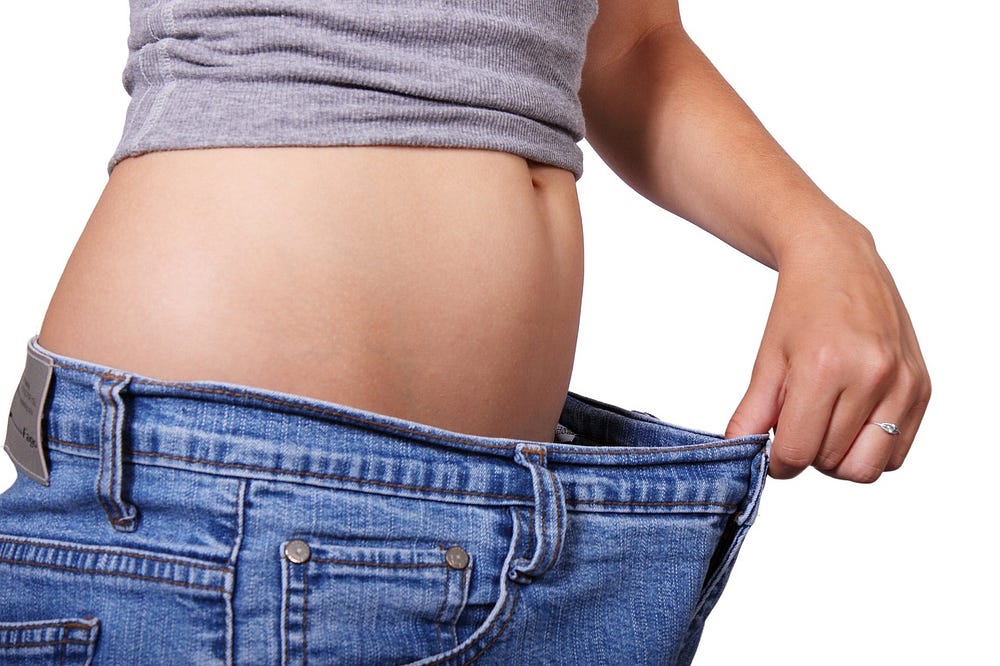
H2: Potential Challenges and How to Overcome Them
Common Side Effects of Increasing Fiber Intake Too Quickly
Jumping into a high-fiber diet too fast can lead to bloating, gas, cramping, and even constipation. These occur because your gut bacteria need time to adjust to the increased fiber load.
- Solution: Gradually increase your fiber intake by adding a little more to each meal over several weeks. Pair fiber-rich foods with adequate water to help your digestive system process the fiber smoothly.
Balancing Fiber with Other Nutrients for a Well-Rounded Diet
Focusing too heavily on fiber-rich foods may cause you to miss out on other important nutrients like protein, healthy fats, and essential vitamins.
- Solution: Build balanced meals by combining high-fiber ingredients with lean proteins (e.g., chicken, fish, tofu), healthy fats (e.g., avocados, olive oil), and a variety of colorful vegetables.
- Tip: A quinoa and black bean salad with avocado is a perfect example of a nutrient-dense, fiber-rich, and well-rounded meal.
Staying Motivated to Maintain a High-Fiber Diet Long-Term
Maintaining a high-fiber diet can feel overwhelming or repetitive over time, making it challenging to stick with.
- Solution: Keep things interesting by experimenting with new recipes, trying exotic fruits and vegetables, or exploring global cuisines that naturally include fiber-rich foods (e.g., Mediterranean, Indian, or Asian dishes).
- Tip: Set small goals, like trying one new fiber-rich recipe a week, and track your progress to stay motivated.
By understanding these challenges and implementing these solutions, you’ll be better equipped to sustain a high-fiber diet while reaping its health and weight-loss benefits. Let me know if you’d like specific recipe ideas or additional tips!
https://www.youtube.com/watch?v=LCyECbA3pUw
H2: Success Stories: Real Results from High-Fiber Diets
Inspiring Testimonials from Individuals Who Lost Weight with a High-Fiber Diet
Real people have transformed their health and achieved their weight-loss goals by embracing high-fiber eating habits. For instance:
- Sarah, a busy mom of two, lost 20 pounds in 6 months by swapping out refined carbs for fiber-rich whole grains and adding more vegetables to every meal.
- David, a 35-year-old office worker, credited his 15-pound weight loss to replacing sugary snacks with high-fiber options like fruits, nuts, and popcorn.
- Maria, a fitness enthusiast, said that incorporating chia seeds and legumes into her diet not only helped her shed 10 pounds but also improved her digestion and energy levels.
Before-and-After Examples to Motivate Readers
- Before: Struggling with constant cravings and afternoon energy crashes.
After: Feeling full and energized throughout the day with a diet rich in beans, oats, and leafy greens. - Before: Eating processed snacks and gaining weight over time.
After: Losing weight steadily by switching to whole foods like apples, carrots with hummus, and quinoa bowls. - Before: Low fiber intake leads to digestive issues.
After: Improved gut health and noticeable weight loss after adding lentils and sweet potatoes to meals.
Lessons Learned and Practical Takeaways
- Small Changes Add Up: Simple swaps, like replacing white rice with brown rice or chips with air-popped popcorn, can have a big impact.
- Consistency is Key: Many individuals found that sticking to high-fiber meals during the week made it easier to indulge occasionally without derailing progress.
- Focus on Enjoyable Foods: Experimenting with different recipes and flavors kept them motivated to stick with the diet long-term.
FAQ: High-Fiber Diets for Weight Loss: A Complete Guide to Shedding Pounds Naturally in 2024
Q: What is a high-fiber diet?
A: A high-fiber diet emphasizes consuming foods rich in dietary fiber, such as fruits, vegetables, whole grains, legumes, nuts, and seeds. Dietary fiber comes in two types: soluble fiber, which dissolves in water, and insoluble fiber, which adds bulk to your stool and aids digestion.
Q: How does fiber help with weight loss?
A: Fiber keeps you full longer by slowing digestion and stabilizing blood sugar levels, which helps reduce cravings. It also supports gut health, improves metabolism, and promotes fat burning, all contributing to effective weight loss.
Q: How much fiber should I consume daily for weight loss?
A: The recommended daily fiber intake is 25–30 grams for adults. However, gradually increasing your fiber intake is essential to avoid digestive discomfort.
Q: What are the best high-fiber foods for weight loss?
A: Some top high-fiber foods include:
- Fruits: Apples, pears, berries, and oranges.
- Vegetables: Broccoli, carrots, spinach, and sweet potatoes.
- Whole Grains: Oats, quinoa, brown rice, and whole wheat bread.
- Legumes: Lentils, chickpeas, and black beans.
- Nuts and Seeds: Almonds, chia seeds, and flaxseeds.
Q: Can eating too much fiber be harmful?
A: Consuming excessive fiber too quickly can cause bloating, gas, and stomach discomfort. Drinking plenty of water and gradually increasing fiber intake can help avoid these issues.
Q: What are easy ways to add more fiber to my diet?
A: Some simple ways to boost your fiber intake include:
- Adding chia or flaxseeds to smoothies or yogurt.
- Choosing whole-grain bread and pasta over refined options.
- Snacking on raw veggies with hummus or fruit with nuts.
- Incorporating legumes like beans or lentils into soups and salads.
Q: Do I need to count calories while following a high-fiber diet?
A: Many people find that they naturally eat fewer calories on a high-fiber diet because fiber-rich foods are more filling and satisfying. However, combining fiber intake with mindful eating can enhance results.
Q: How long does it take to see weight-loss results with a high-fiber diet?
A: Results vary depending on individual factors like activity level, overall diet, and metabolism. Some people notice improvements in energy and digestion within days, while significant weight loss may take weeks to months.
Q: Can a high-fiber diet improve gut health?
A: Yes! Fiber acts as a prebiotic, feeding healthy gut bacteria. This promotes better digestion, reduces inflammation, and supports a balanced microbiome, all of which are vital for weight management and overall health.
Q: Is a high-fiber diet suitable for everyone?
A: A high-fiber diet is generally safe and beneficial for most people. However, individuals with specific digestive disorders (e.g., irritable bowel syndrome) should consult a healthcare provider before making significant dietary changes.
Q: Are there any high-fiber snacks I can eat on the go?
A: Absolutely! Here are some easy high-fiber snack options:
- Trail mix with nuts, seeds, and dried fruit.
- Veggie sticks (carrots, celery) with hummus.
- Air-popped popcorn with nutritional yeast.
- Whole-grain crackers with avocado or almond butter.
Q: How can I stay motivated to stick with a high-fiber diet?
A: Experiment with new recipes, set small goals (like adding one high-fiber food daily), and track your progress. Seeing improvements in your weight, digestion, and energy levels can keep you inspired.
Q: Can a high-fiber diet help with belly fat?
A: Yes! Soluble fiber, in particular, has been linked to reducing visceral fat (belly fat) by improving fat metabolism and stabilizing blood sugar levels. Foods like oats, flaxseeds, and beans are excellent for this purpose.
Q: What’s an example of a high-fiber meal plan?
A: A typical day might include:
- Breakfast: Oatmeal with berries and chia seeds.
- Lunch: Lentil soup with a side of whole-grain bread.
- Dinner: Grilled salmon with quinoa and roasted broccoli.
- Snacks: Apple slices with almond butter or roasted chickpeas.
Q: Can I combine a high-fiber diet with other weight-loss strategies?
A: Absolutely! Combining a high-fiber diet with regular exercise, proper hydration, and balanced macronutrient intake (proteins, fats, and carbs) can enhance your weight-loss results.
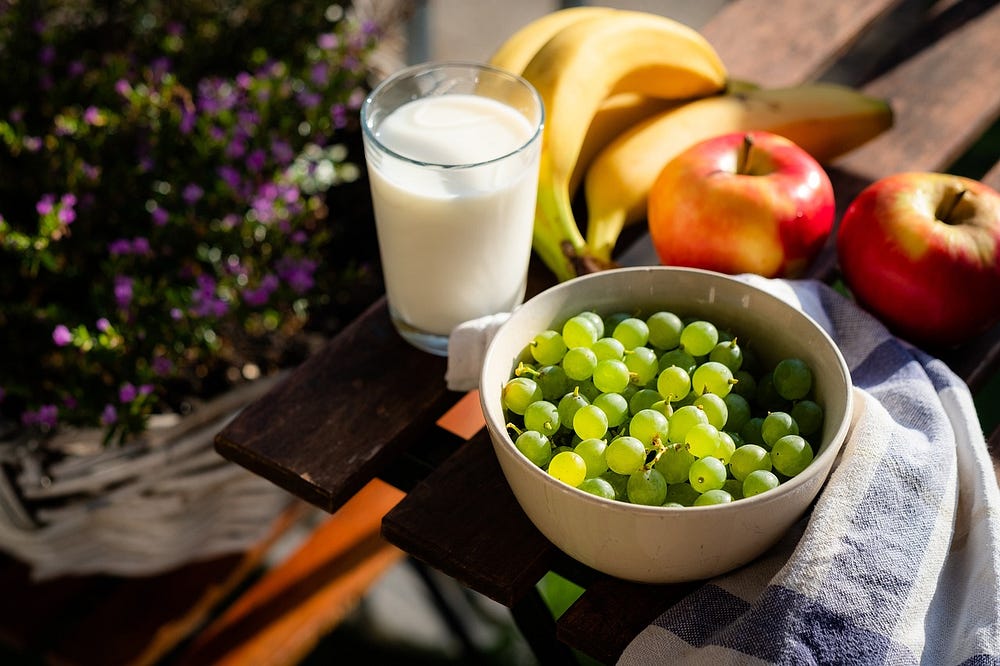
Conclusion:
A high-fiber diet isn’t just a weight-loss trend — it’s a sustainable, science-backed approach to achieving your health goals. By incorporating more fiber into your meals, you’ll feel fuller, have fewer cravings, and improve your overall well-being. Start today by adding one high-fiber food to your plate and watch the results unfold. Remember, the key to weight loss is consistency, so stick with it!

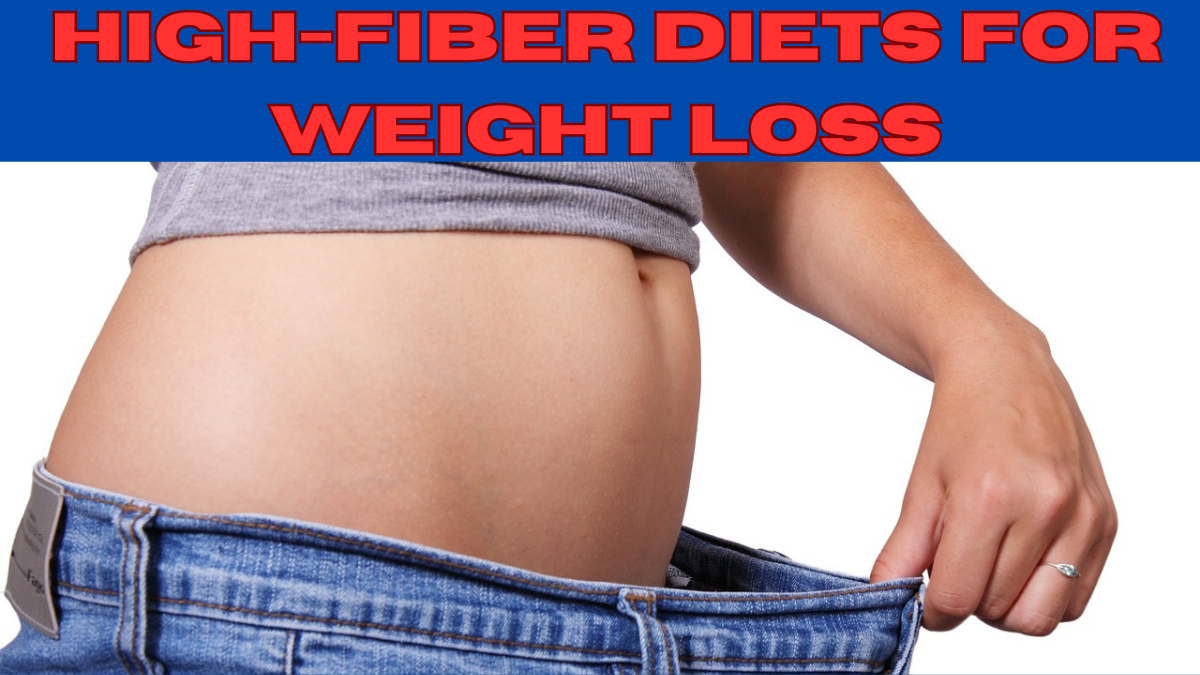
Leave a Reply